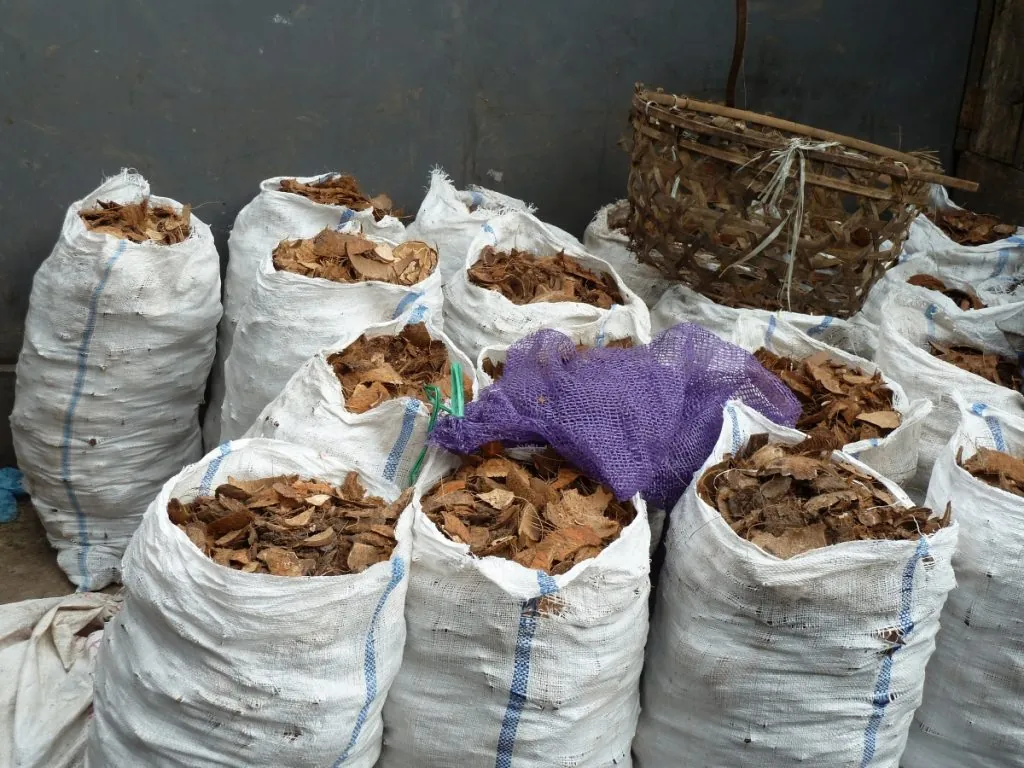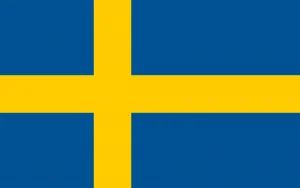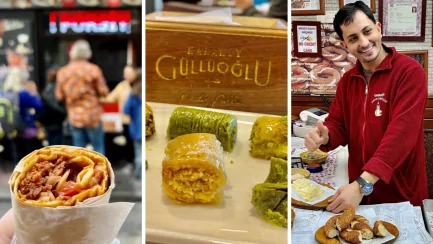Guest writer: Anna Nilsson Spets
What was the point of having a coconut in the fruit bowl at Christmas when it ended up with the birds anyway?
When I grew up in the late 60s, the coconut was something really exotic, did it possibly come from Kurredutt Island?
No-one knew how to use it, it was just lying there looking dry and hairy.

And (my) father couldn't get the coconut open either, but my mum pierced one of the three eyes with a screwdriver and hammer. The seed was dry and inedible.

The coconut palm grows quite widely around the world, with the largest distribution in tropical areas. Everyone knows that the nut grows on a palm tree, Cocos nucifera is the botanical name.

Sure you see coconut palms at your garden centre sometimes, the leaves sticking out of the nut, yes, very cool, but they rarely get very old and basically never produce any fruit.
In commercial cultivation, nuts are left to shrivel, and when the small shoot emerges they are planted in a suitable place. It takes at least 10 years from sowing until the palm starts to bear fruit. A nut can weigh up to three kilos and is picked when it is green.


A green nut contains the sweet translucent juice that smells good on hot days. Coconut milk is something completely different, it is pressed fruit flesh.


If you leave the nuts hanging on the palm, they dry out and fall off. The thick outer shell turns brown and falls off, underneath is the dry brown hairy nut, the one that might end up in someone's Christmas fruit bowl.

As with many, many other tropical trees, the range of uses is wide, the coconut palm is no exception. The wood is excellent, the leaves are braided for roofs and walls.


The hairy part of the nut is used to braid ropes or make brushes and mats. The brown shell is used for household items and jewellery.

The nectar of the flower is the base of palm wine and palm sugar. Last but not least, the white; copra is also widely used in the beauty industry.

When I was a child, in addition to the fruit platter, we had a nut bowl and God help anyone who cracked nuts before Christmas Eve. The hazelnuts were the ones that were left for last, the exotic nuts were thrown in first.

The almond, of course we played FILIPIN, I shook my almonds to hear if there could be two in ...
To play filipin, you eat one of the twin almonds yourself, give the other to the person you are challenging and agree on a day and/or time. On the pre-arranged day you shout filipin if you remember. Sometimes there was a small prize of course, my father was unbeatable.
Whoever found the almond in the Christmas porridge had to make a wish. Dear childhood memories.

My almond tree, the almonds with their slightly prickly, brown shell sit inside the green casing.

My father liked walnuts, the kernels looked like brains to my childhood self. Today, here in Belgium, we eat a lot of walnuts, from the unripe walnuts you can make an excellent port wine or why not liqueur from the ripe ones.

Brazil nuts and pecans were new and very expensive in the 70s, but at Christmas my mum went all in.

The Brazil nut is native to the Amazon region and the tree can live for more than 1000 years. These giant trees measure 50 metres, have pale yellow flowers and are pollinated by bees. The seeds themselves, what we call nuts, are encapsulated under a hard shell. Brazil nuts are super nutritious and contain lots of antioxidants.

The pecan tree is related to the walnut and has its roots in Central America; the tree can reach a height of 60 metres. The fruits, which we call nuts, are in groups of 2-10, the shell is smooth and oblong in shape, the colour reddish brown. The wood itself is used in the wood industry and as a flavouring in smoked food.

If you are travelling in the Seychelles, especially Praislin, you have the chance to come across the world's largest nut, the double coconut. It can weigh up to 30 kilos, takes seven years from fertilised flower to full-sized nut, then another 2 years until the seed and juice are fully developed. The double coconut is protected and listed as an endangered species.

Several of these "nuts" mentioned here are actually botanically not nuts, they are classed as kernels, seeds or fruits, but it's a long botanical scientific story, I'll settle for the word nut !
Thankfully, a double coconut never ends up in the public's fruit and nut bowls, but here at home, we've already made a start with walnuts.
So, now I've cracked some nuts... about nuts.





















BP says:
What an interesting read! Not much I knew about what you wrote. Oddly enough, when I see coconuts I think of the TV reality series Robinson. Never seen them in connection with Christmas. Don't even know if coconuts are sold at the local ICA.
Nuts, on the other hand, belong to Advent and Christmas. I have bitten off more than one tooth when I "cracked" hazelnuts, I can say...
19 November 2024 - 17:41
Anna Nilsson Spets says:
Hi ! thanks for your comment. Yes we all have some kind of memories with nuts. I myself always lost in the Philippines, my mum's comment was every year - DON'T play Filipino with dad ! Coconuts are probably available year round now in the shops now. Have a good time.
20 November 2024 - 6:30
Christina says:
Wonderful and fun reading about nuts! 🙂
24 November 2024 - 18:33